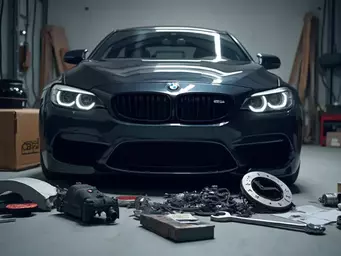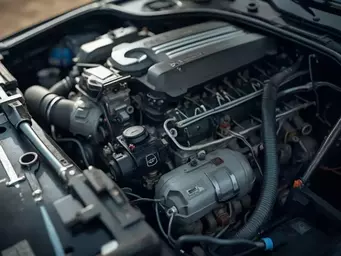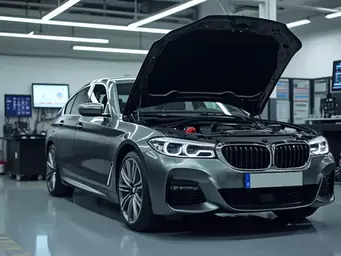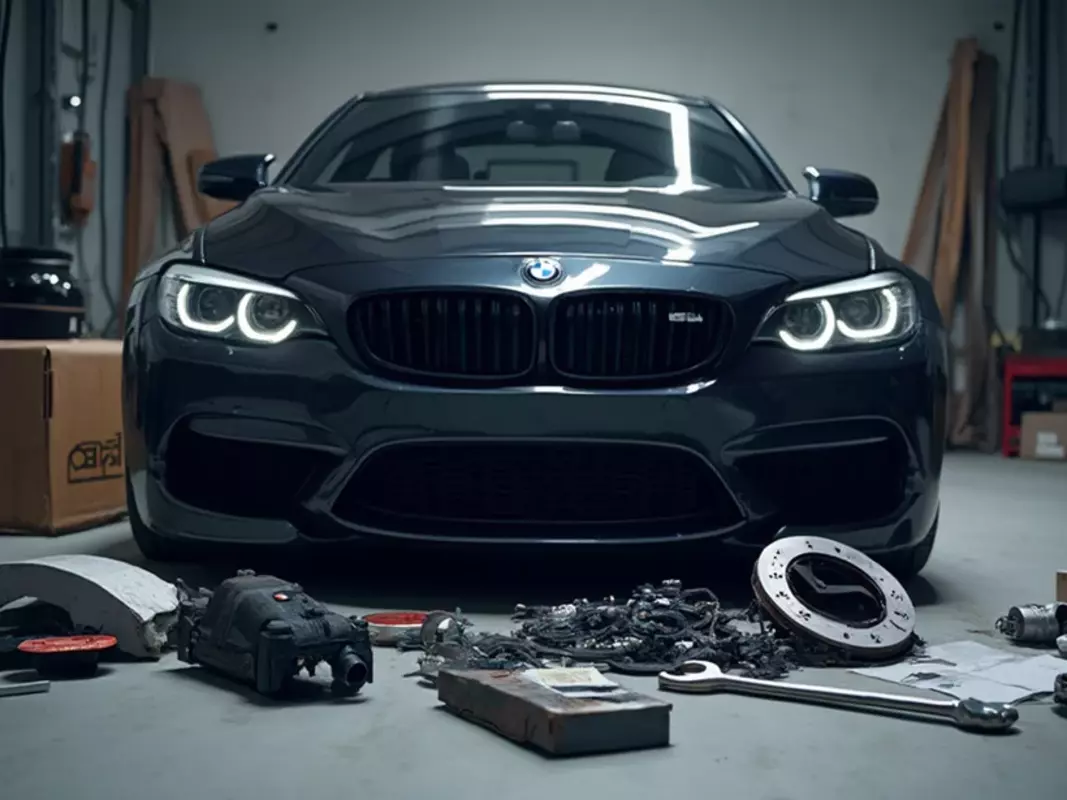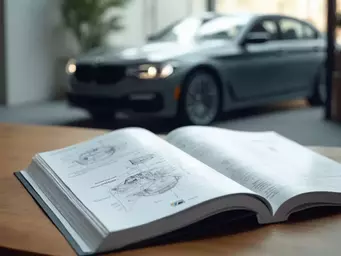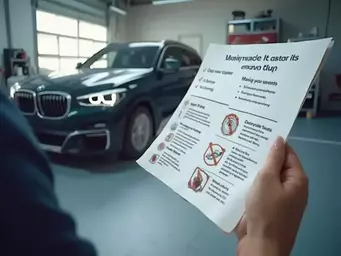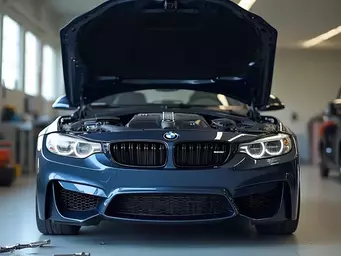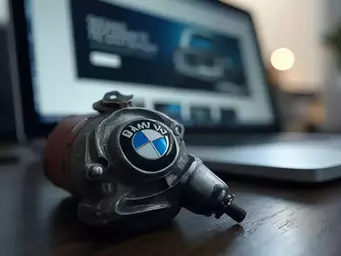BMW Installation Issues: Troubleshooting Tips
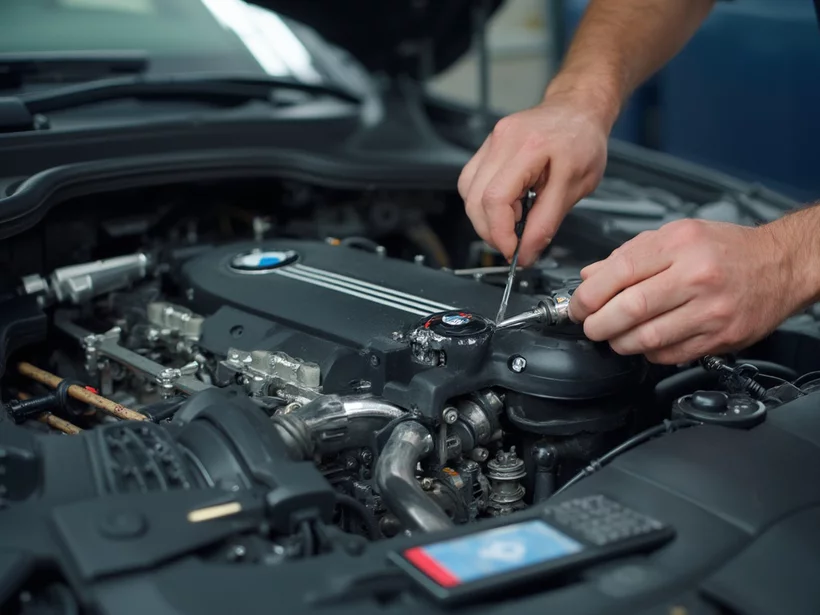
Are you struggling with installation challenges on your BMW? Understanding common issues can empower you to tackle installations with confidence and skill. Here’s what you need to know before diving into your next project.
What You Will Learn
- Importance of software compatibility for your specific BMW model to ensure smooth installations.
- Common hardware connectivity issues that may arise when mixing OEM and aftermarket components.
- Impact of the installation environment, such as lighting and workspace, on the success of the installation process.
- Specific installation challenges associated with different BMW models, including engines and transmissions.
- Benefits of DIY repairs, including cost savings and increased knowledge about your vehicle.
- Essential diagnostic tools that can aid in troubleshooting BMW installation issues effectively.
Key Challenges and Solutions in BMW Installations
Understanding common issues and leveraging the right tools can simplify BMW installations. Below is a breakdown of frequently encountered challenges and their corresponding solutions.
Troubleshooting Common BMW Installation Issues: Understanding the Basics
As a BMW owner, you may find yourself facing some installation challenges that can be frustrating. Common issues often arise during the process, particularly with software compatibility and hardware connectivity. Understanding these challenges can help you navigate the installation process with confidence!
It's essential to recognize that even seasoned automotive enthusiasts encounter hurdles. Whether you're installing a new navigation system or updating software, having a grasp of potential pitfalls sets you up for success.
Identifying Installation Challenges for BMW Owners
In my experience with BMW installations, I’ve noticed that several challenges frequently arise. Here are some of the most common issues:
- Software Compatibility: Ensuring that the programming software is compatible with your specific BMW model is crucial. For instance, sometimes a technical service bulletin (TSB) might be issued by the NHTSA detailing software updates or fixes for particular models.
- Hardware Connectivity: Problems often occur when connecting various components, especially if you're mixing OEM parts with aftermarket ones.
- Installation Environment: Poor lighting or inadequate workspace can lead to mistakes during the installation process.
When you are aware of these challenges, you can take proactive steps to mitigate them. It’s all about preparation and knowledge!
Common Problems in BMW Models: Exploring Specific Installation Issues
Different BMW models can present unique installation challenges. Let's delve into a few examples:
- Engine Installations: Older models may require specialized tools for engine swap compatibility.
- Transmission Installations: Issues can arise with electronic transmission controls that need proper calibration.
- Electrical Components: Newer BMWs often have complex wiring systems that can confuse even experienced DIYers. Always remember to consult the official BMW TIS (Technical Information System) for detailed service information and wiring diagrams.
By acknowledging these model-specific issues, you can better prepare yourself for the tasks ahead. Always remember to consult your BMW Spare Parts Guide for helpful insights!
Why DIY Repairs Matter: Cost-Effectiveness and Empowerment
One of the most rewarding aspects of owning a BMW is the ability to tackle repairs and installations yourself. DIY repairs offer several benefits, including:
- Cost Savings: Performing your own installations can save you substantial service costs at the dealership.
- Knowledge Gain: The more you work on your BMW, the more you learn about its inner workings.
- Personal Satisfaction: There’s nothing quite like the feeling of successfully completing an installation on your own!
Empowering yourself through DIY repairs not only enhances your skill set but also deepens your connection with your vehicle. Have you thought about trying a DIY project? It's a great way to bond with your BMW!
Essential Diagnostic Tools for BMW Troubleshooting
When installation issues arise, having the right diagnostic tools at your disposal can make a world of difference. Let's explore some essential tools and techniques to simplify the troubleshooting process.
Pro Tip
Before starting your BMW installation, always review the manufacturer's service manual for your specific model. This guide provides crucial insights and specifications that can help you avoid common pitfalls, ensuring a smoother installation experience.
Wrapping Up Your BMW Installation Journey: Key Takeaways
As we wrap up this guide on BMW installation issues, it's essential to remember a few key takeaways. First, understanding the common challenges you might face during installation can save you both time and frustration. Whether it’s software compatibility or hardware connectivity problems, being prepared is half the battle!
Additionally, utilizing the right tools, such as OBD-II scanners and diagnostic software, can make a significant difference in troubleshooting. Remember, knowledge is power when it comes to maintaining your BMW, and the more you know, the smoother your installation journey will be!
Frequently Asked Questions: Addressing Common Concerns
To help you further, here are some frequently asked questions that I often encounter regarding installation issues:
- What should I do if my BMW won't connect to my OBD-II scanner? - Double-check the scanner and vehicle compatibility, and ensure your ignition is in the "On" position. Sometimes, issues can stem from inconsequential noncompliance, like those detailed in official reports, which might affect certain diagnostic functions.
- How can I interpret BMW error codes? - Refer to your vehicle's repair manual or use online resources to decode the specific error codes.
- Are there recommended tools for DIY installations? - Yes! Investing in basic tools, diagnostic software, and repair manuals will make your installation much easier.
- Why is software compatibility crucial for BMW installations? - Incorrect software can lead to system malfunctions, error codes, and even prevent components from working correctly due to mismatched programming.
- What are the benefits of performing DIY repairs on my BMW? - DIY repairs offer significant cost savings, increase your understanding of your vehicle's mechanics, and provide a sense of personal accomplishment.
- Where can I find additional support for complex BMW installation problems? - Online BMW forums, communities like Reddit's BMW subreddit, and local BMW Car Clubs are excellent resources for shared knowledge and expert advice.
These questions are just a starting point. I’m here to support you, and I’d love to hear from you about any other concerns or challenges you might face!
Your Next Steps: Engaging with the BMW Community
Now that you've gathered insights from this article, it’s time to take action! I encourage you to share your own experiences with BMW installations. Have you faced any unique challenges? What solutions have worked for you? Engaging with fellow BMW owners can foster a supportive community that thrives on shared knowledge and experience.
Exploring BMW Forums and Online Communities for Additional Support
Diving into BMW forums and online communities can be a game-changer for troubleshooting installation issues. Here are some excellent platforms to consider:
- Bimmerforums - A large forum full of BMW enthusiasts sharing their knowledge.
- Reddit's BMW Community - This subreddit is a great place to ask questions and share experiences.
- BMW Car Club of America - Offers resources and a community of passionate BMW owners.
By actively participating in these communities, you can gain valuable insights and even make connections with other BMW enthusiasts who are eager to help. Don’t hesitate to ask questions; everyone was a beginner once!
Recap of Key Points
Here is a quick recap of the important points discussed in the article:
- Understanding common installation challenges, such as software compatibility and hardware connectivity, is crucial for BMW owners.
- Being aware of model-specific issues can help you better prepare for installations.
- DIY repairs not only save money but also enhance your knowledge and satisfaction as a BMW owner.
- Utilizing the right diagnostic tools simplifies troubleshooting and ensures smoother installations.
- Engaging with the BMW community through forums can provide valuable support and insights for tackling installation challenges.
